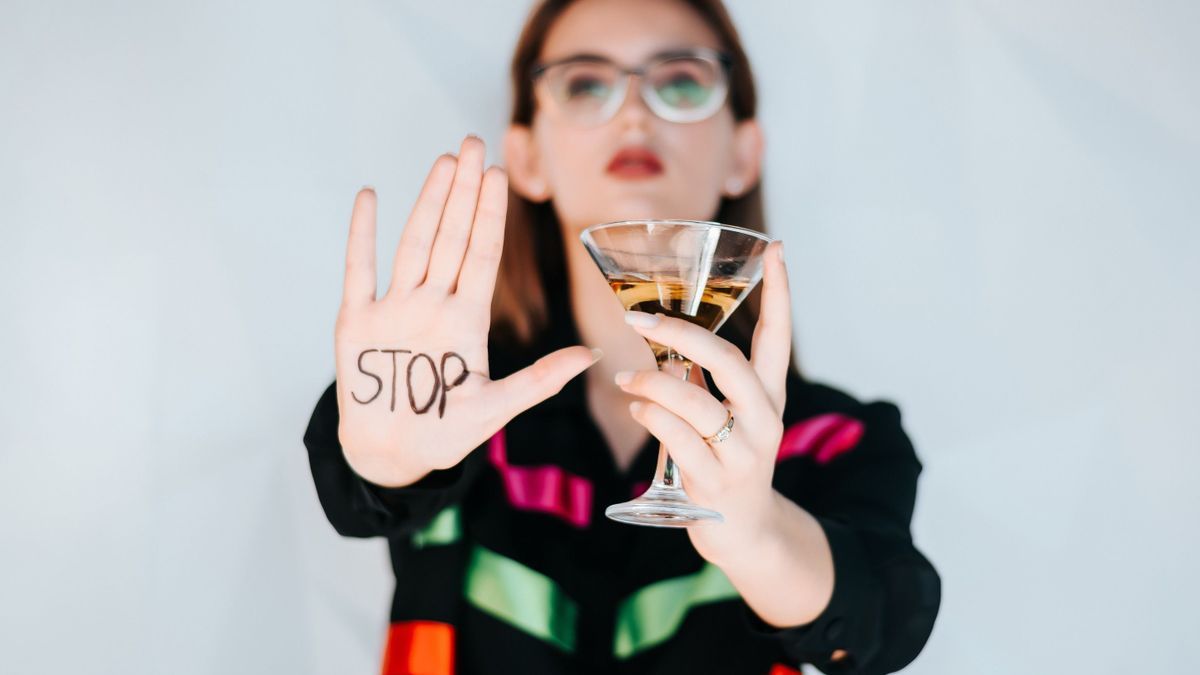
More than a fashion, the consumption of non-alcoholic drinks is an underlying trend, which is not only driven by the challenge of the month of “dry January”. All over the world, these drinks constitute new alternatives for young people, in countries like the United States where the offer was almost non-existent, except like in Europe, where we want to rethink our relationship with alcohol .
In the land of Bordeaux wine and champagne, where we know how to produce some of the most coveted juices on the planet, such as those from Romanée-Conti in Burgundy or Château Yquem in Sauternes, the French are also the most curious about non-alcoholic drinks. Given the bacchanalian culture which strongly permeates family traditions and habits, we can indeed be surprised that this new, insolently growing department has recruited 25% more French consumers in 2022. An increased interest which is favorably supported through multiple innovations: the opening of cellars focusing their offering on alcohol-free products like that of Le Paon qui boit in Paris, but also the development of beverages that focus on something other than dealcoholization like the Petit Béret brand. Referenced by Carrefour stores, the Occitan brand took nearly ten years to develop its “juices” without alcoholic fermentation.
While 29% of French people said they wanted to try the challenge of “dry January” consisting of abstaining from drinking alcohol, or otherwise reducing its consumption throughout the month of January, Europe is considered a key country of this new market which in the 90s consisted only of a few hyper-sweet references. Says the British firm IWSR, which analyzes the economic activity of wine, spirits but also non-alcoholic products, and also measures their consumption.
Europe is not the only one to be receptive to non-alcoholic drinks. There are also the United States, Japan, Central Europe, Brazil, South Africa, Australia, Spain and even the United Kingdom and Canada. In several of these countries, the vine is nevertheless very present and even contributes in very different proportions to their economic growth. These nine countries, to which Europe must be added, account for around 70% of the volume of sales of non-alcoholic drinks. In 2022, the global market for “no/low” (English contraction to designate drinks without alcohol or containing very little) represented 11 billion dollars. Within these countries receptive to the trend, the volume even increased by 7%.
According to the latest estimates from IWSR, volume sales should increase each year by around 6% by 2027. In detail, alcohol-free recipes should be more successful (+7%), otherwise have more latitude to recruit new consumers. Low alcohol elixirs, whose growth would be around 3% between 2023 and 2027, would undoubtedly be less because this category is already established. When we combine the two categories, beer and cider represent 72% of the volumes sold to the ten mainly consuming countries.
Young Americans who discover no/low
However, if we describe here the overall effect of the no/low trend, not all consumers adhere to it in the same way, or rather at the same pace. For example, in the United States, this type of offer being almost non-existent, there is everything to be built. The IWSR firm therefore considers that growth should be around 15% per year between 2023 and 2027, after an already dazzling increase of 25% between 2019 and 2023. Young Americans are considered amateurs who will be receptive to these new recipes, just like in Brazil, Canada and South Africa. In the United Kingdom, the country of “dry January”, it is also millennials who buy alcohol-free products. In Her Majesty’s Country, we could get even more of a taste for the trend following the implementation of the Alcohol Duty system of taxing drinks according to their alcohol volume.
Conversely, in Central Europe and Spain, we expect much lower growth for the simple reason that we are already used to this type of aperitif without alcohol. Sales should therefore only increase by 2% each year between now and 2027.”Countries with more established soft drink consumption tend to gravitate toward older consumers, higher rates of alcohol avoidance, and more restricted no/low repertoires“, explains Susie Goldspink of the IWSR firm. In summary, in countries where everything is to be done, it is more the category of young consumers who are sensitive to this novelty, while in countries where there already exists a department, this are mostly older consumers who are interested in it.

